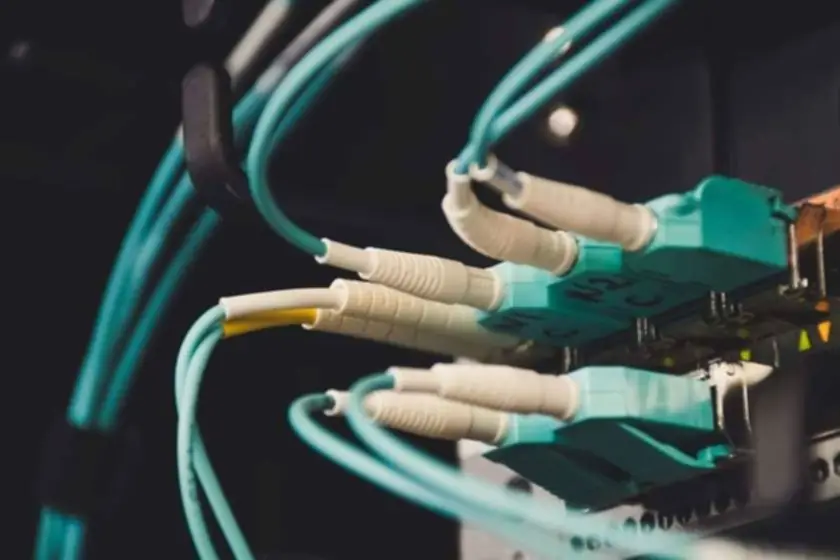Time collection data analysis includes identifying various patterns that present insights into the underlying dynamics of the info over time. These patterns shed gentle on the developments, fluctuations, and noise present within the dataset, enabling you to make knowledgeable selections and predictions. Let’s discover a few of the outstanding time sequence patterns that help us decipher the intricate relationships throughout the what are ai chips used for knowledge and leverage them for predictive analytics. These are just a few examples of the many variant RNN architectures which were developed over the years. The alternative of architecture is determined by the particular task and the traits of the input and output sequences. Here is an instance of how neural networks can identify a dog’s breed primarily based on their options.

Training The Recurrent Neural Networks (rnns) Model
Backpropagation through time is once we apply a Backpropagation algorithm to a Recurrent Neural network that has statistic data as its input rnn applications. In more practical terms, you’d think about that an advanced model incorporates some semblance of a CPU to have the power to truly purpose. ResNets didn’t “clear up” vanishing gradients, there is a practical restrict of the depth of networks, however it did go a long way in the direction of dealing with it. Non-linearity including the word “linear” in entrance of “weight” is more clear, which is what my top degree publish on this thread was all about too.
Gated Recurrent Unit (gru) Networks
This suggestions enables RNNs to recollect prior inputs, making them best for duties where context is necessary. In easy terms, RNNs apply the identical network to every factor in a sequence, RNNs preserve and cross on related info, enabling them to study temporal dependencies that conventional neural networks can’t. CNNs are created through a process of coaching, which is the necessary thing difference between CNNs and different neural network varieties.
What Are Recurrent Neural Networks?
Advanced strategies like Seq-2-Seq, bidirectional, transformers etc. make RNNs extra adaptable, addressing real-world challenges and yielding complete results. Also, combining RNNs with other fashions like CNN-RNN, Transformer-RNN, or ANN-RNN makes hybrid architectures that can deal with both spatial and sequential patterns. These subtle methods empower RNNs to sort out intricate challenges and deliver comprehensive insights. Overfitting is a typical concern in deep learning models, including RNNs. You can make use of regularization strategies like L1 and L2 regularization, dropout, and early stopping to forestall overfitting and enhance the mannequin’s generalization efficiency. The first step within the LSTM is to determine which information should be omitted from the cell in that exact time step.

- This configuration is commonly utilized in duties like part-of-speech tagging, where every word in a sentence is tagged with a corresponding part of speech.
- At any given time t, the current input is a mix of input at x(t) and x(t-1).
- RNNs are well-suited for tasks like language modeling, speech recognition, and sequential data analysis.
- Visualizing the mannequin’s predictions towards the actual time sequence information may help you understand its strengths and weaknesses.
- Recurrent Neural Networks can also address statistic problems like predicting the prices of shares during a month or quarter.
It’s just roughly arbitrary method to partition the network so it might be parallelized. The only bit of potential magic is with “shortcut” links between non adjoining layers that help propagate studying again by way of many layers. I studied LSTMs throughout my MSc in 2014, by my own initiative, as a result of they had been popular at the time [1]. I keep in mind there being a hefty amount of literature on LSTMs, and I mean scholarly articles, not just weblog posts. Rather at the time I assume there have been only two weblog posts, those by Andrey Karpathy and Chris Olah that I link above. The motivation with respect to vanishing gradients is properly documented in earlier wok by Hochreiter (I assume it is his thesis), and perhaps a little less so within the 1997 paper that introduces the “constant error carousel”.
The middle (hidden) layer is connected to these context models fixed with a weight of 1.[51] At every time step, the enter is fed forward and a studying rule is applied. The fastened back-connections save a duplicate of the previous values of the hidden items in the context models (since they propagate over the connections earlier than the training rule is applied). Thus the community can maintain a type of state, allowing it to carry out duties such as sequence-prediction that are past the ability of a normal multilayer perceptron.

This simulation of human creativity is made potential by the AI’s understanding of grammar and semantics learned from its training set. Signals are naturally sequential data, as they’re typically collected from sensors over time. Automatic classification and regression on giant signal data units enable prediction in real time. Raw signals knowledge could be fed into deep networks or preprocessed to focus on specific options, corresponding to frequency parts.
The proven truth that that is aggressive with transformers and state-space models in their small-scale experiments is gratifying to the “finest PRs are the ones that delete code” aspect of me. That mentioned, we can’t know for positive if it is a capital-B Breakthrough till somebody tries scaling it as much as parameter and knowledge counts comparable to SOTA models. I see this stuff all over the place online and it’s usually taught this fashion so I do not blame of us for repeating it, but I assume it is probably promulgated by of us who do not practice LSTMs with lengthy contexts. Also easier to cache demonstrations at no cost in the preliminary state, a mannequin that has seen plenty of knowledge is not using more memory than a mannequin ranging from scratch. To be more precise, I should say it’s an advantage of Attention-based models, because there are also hybrid fashions efficiently mixing both approaches, like Jamba. There is a current paper from Meta that propose a way to prepare a model to backtrack its technology to improve technology alignment [0].
This is done such that the enter sequence may be exactly reconstructed from the illustration on the highest degree. The illustration to the best may be misleading to many as a result of practical neural community topologies are regularly organized in “layers” and the drawing gives that look. However, what appears to be layers are, in fact, different steps in time, “unfolded” to provide the looks of layers. Train, validate, tune and deploy generative AI, foundation models and machine studying capabilities with IBM watsonx.ai, a next-generation enterprise studio for AI builders. Build AI applications in a fraction of the time with a fraction of the data.
Which part of the context was essential for a given query only turns into identified later in the token sequence. If you say “translate the following to german.” Instead, all it wants is to remember the task at hand and a a lot smaller quantity of current enter. One potential caveat that comes to thoughts for me is that perhaps the motion of lerping between the old state and the new could probably be utilized by the model to carry out semantically significant transformations on the old state. I guess in my mind it simply would not appear apparent that the hidden state is necessarily a collection of “redundant info” — perhaps the knowledge is culled/distilled the additional alongside in the sequence you go? There will always be some redundancy, sure, however I do not suppose that such redundancy necessarily means we’ve to use superlinear methods like consideration. If you wish to say reasoning and token prediction are just the same factor at scale you’ll have the ability to say that, but I do not fall into that camp.
The total loss for a given sequence of x values paired with a sequence of y values would then be just the sum of the losses over on an everyday basis steps. We assume that the outputs o(t)are used because the argument to the softmax function to obtain the vector ŷ of possibilities over the output. We additionally assume that the loss L is the unfavorable log-likelihood of the true goal y(t)given the input thus far. Artificial neural networks give computer systems the power to solve complex issues and make intelligent selections in a method that very loosely resembles how our human brains work. These networks are key to the superior deep learning capabilities which may be revolutionizing fields like language processing and data forecasting, but one type particularly excels on this area.
RNN works on the precept of saving the output of a selected layer and feeding this back to the input so as to predict the output of the layer. The health perform evaluates the stopping criterion as it receives the mean-squared error reciprocal from every network during coaching. Therefore, the aim of the genetic algorithm is to maximize the fitness operate, lowering the mean-squared error. An RNN could be educated right into a conditionally generative mannequin of sequences, aka autoregression.
Given that, modern incarnation of RNN can be vastly cheaper than transformers provided that they can be trained. Mine worked, but it was very simple and canine slow, working on my old laptop computer. Nothing was ever going to run quick on that thing, but I remember my RNN being considerably slower than a feed-forward network would have been.
Transform Your Business With AI Software Development Solutions https://www.globalcloudteam.com/ — be successful, be the first!

